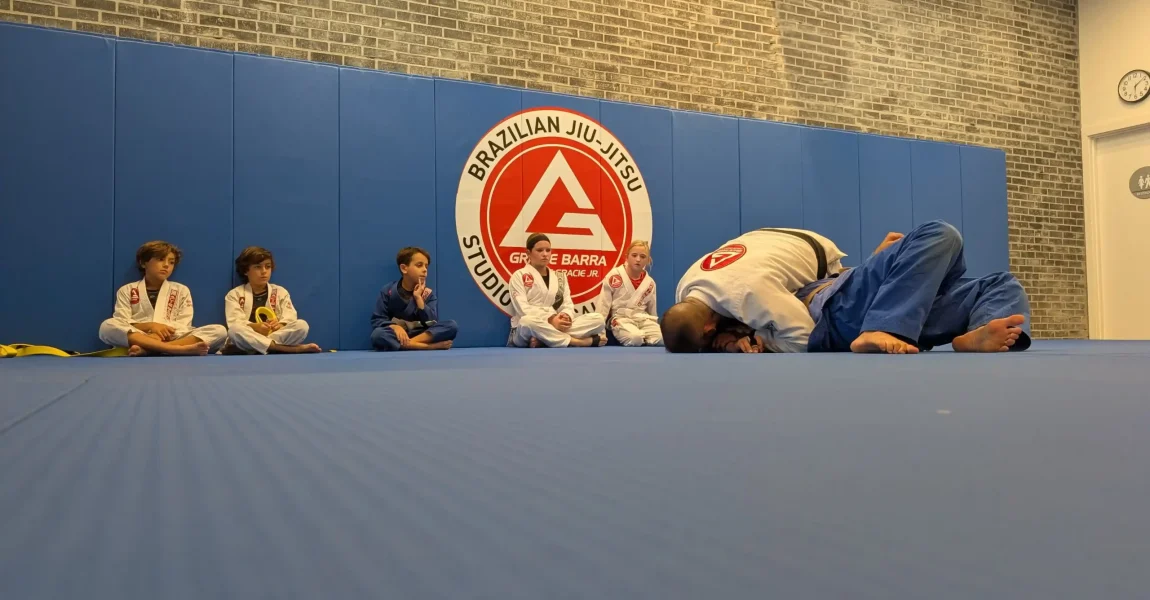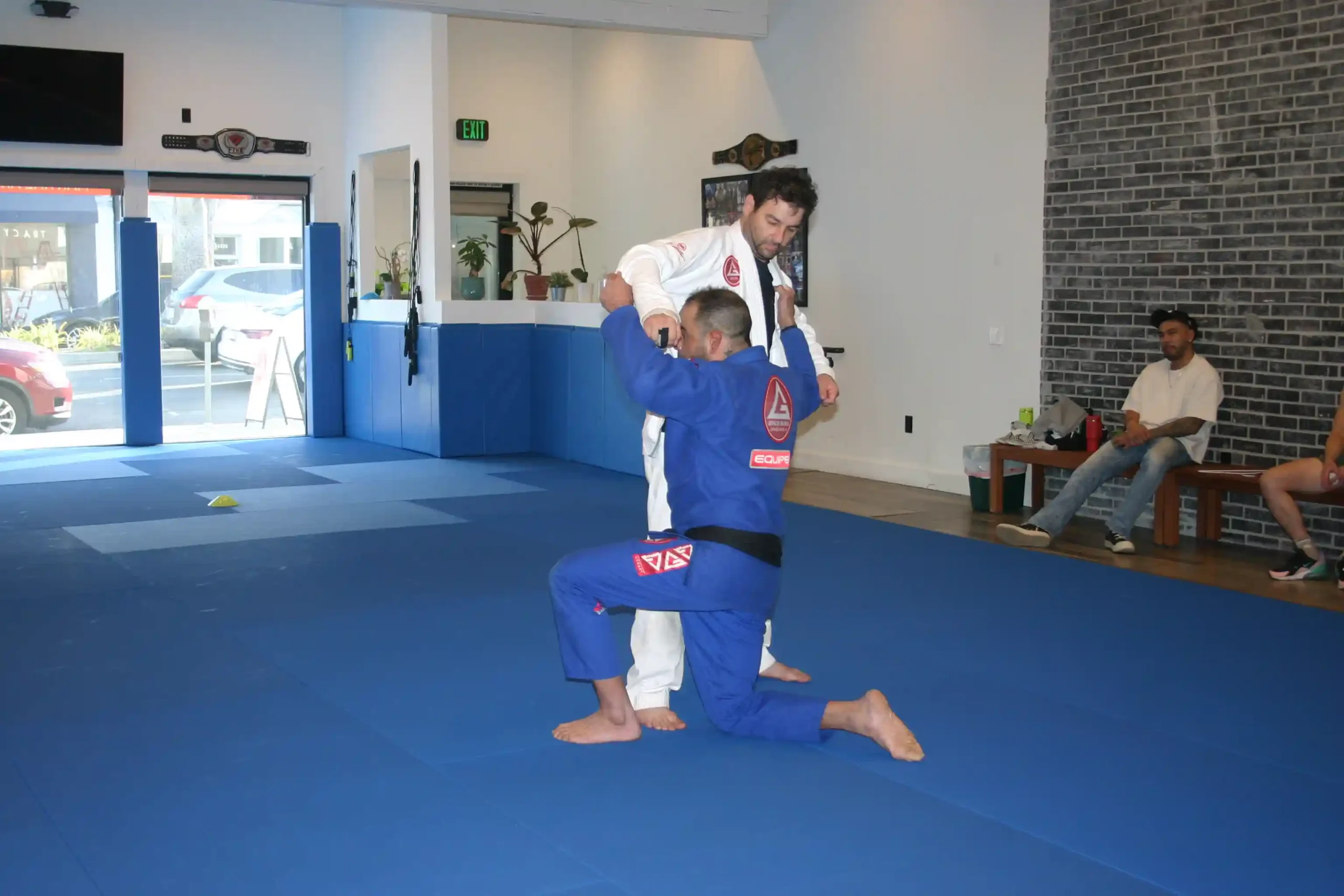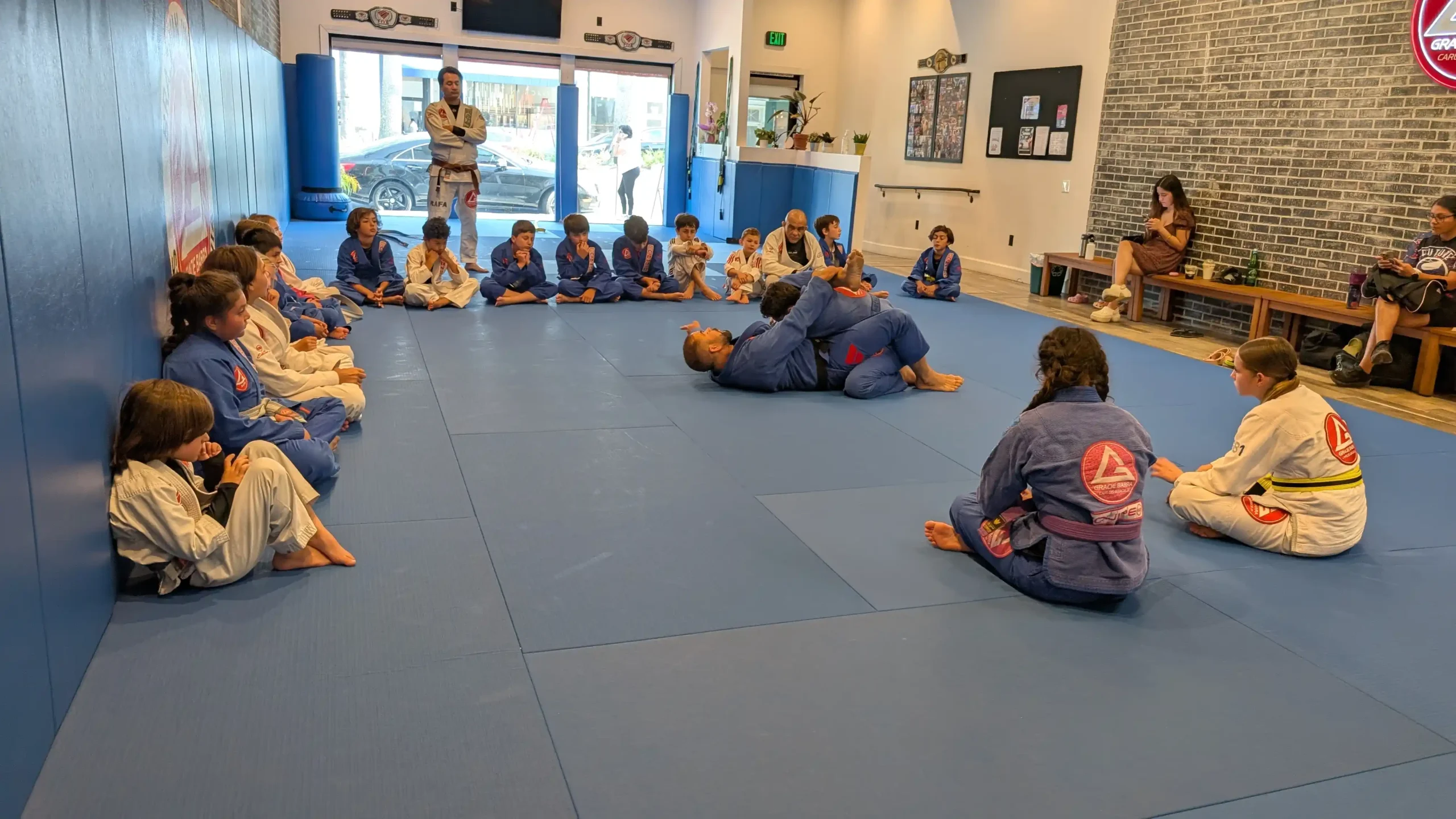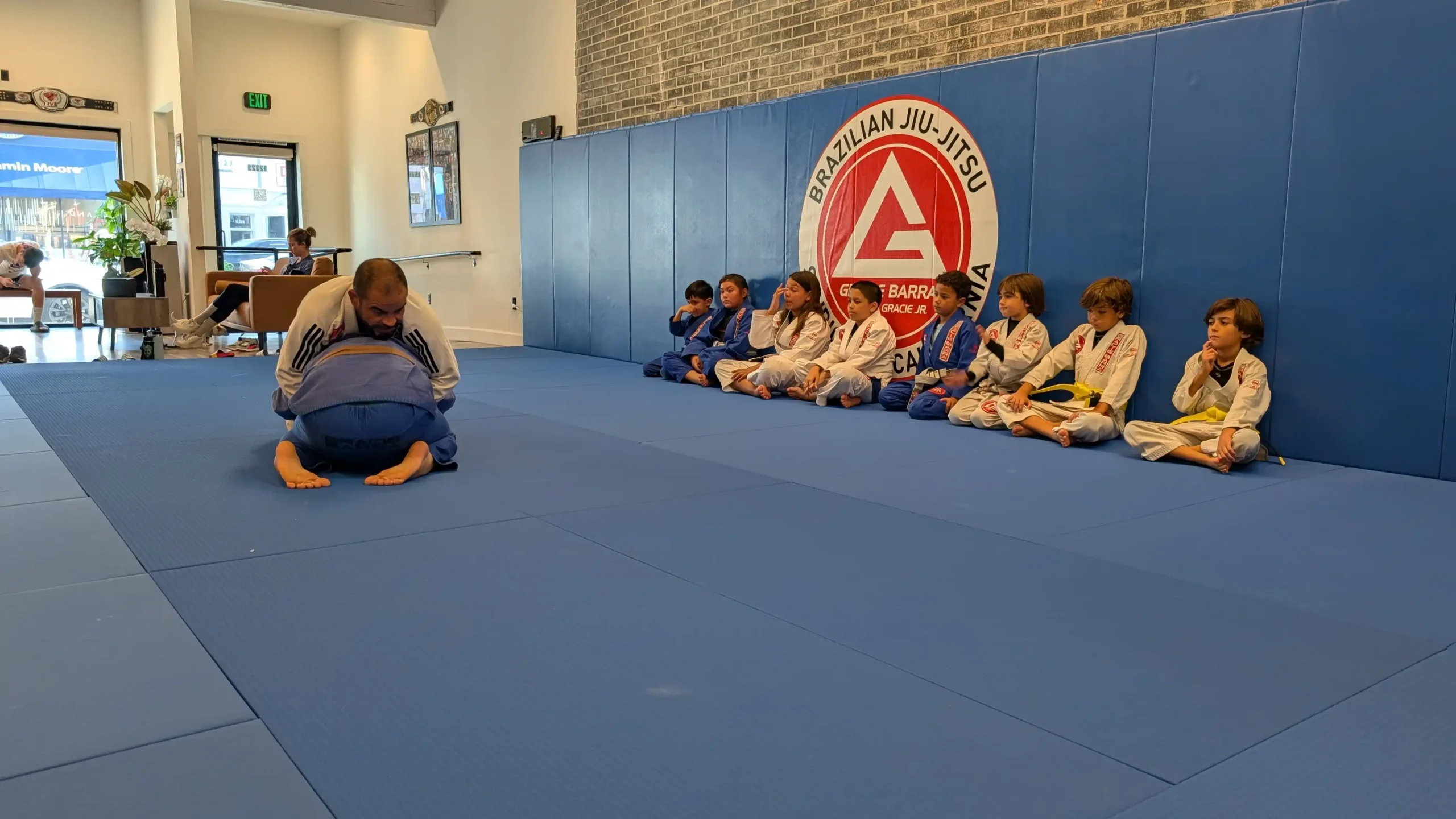The Brazilian Jiu-Jitsu belt system represents more than just a ranking hierarchy it tells the story of a practitioner’s journey. Unlike many martial arts where belts can be earned relatively quickly, Brazilian Jiu-Jitsu belts are known for requiring significant time, dedication, and consistent training. Each belt color symbolizes not only technical proficiency but also mental growth, perseverance, and character development.
At quality Brazilian Jiu-Jitsu academies across Los Angeles and worldwide, instructors emphasize that the belt progression system serves as both motivation and recognition of genuine skill development. This thoughtful progression creates a framework where students can set goals and measure their advancement in this challenging martial art.
Understanding the Belt Progression
Adult Belt Hierarchy
The standard adult Brazilian Jiu-Jitsu belt progression follows this sequence:
- White Belt
- Blue Belt
- Purple Belt
- Brown Belt
- Black Belt
- Coral Belt (Red and Black, Red and White)
- Red Belt
Youth Belt System
Many Brazilian Jiu-Jitsu programs for kids utilize an expanded belt system to provide more frequent achievements and milestones:
- White Belt
- Grey Belt (with three variations)
- Yellow Belt (with three variations)
- Orange Belt (with three variations)
- Green Belt (with three variations)
The Role of Stripes
Between major belt promotions, practitioners receive stripes (usually white tape applied to the belt) to mark progress. Most belts can have up to four stripes before promotion to the next belt color.
Transform Your Fitness Journey—Book a Free Trial Class!
Breakdown of Each Belt
White Belt: The Foundation
Every practitioner in Brazilian Jiu-Jitsu programs begins as a white belt. This phase focuses on:
- Learning fundamental positions and movements
- Basic defensive techniques and escapes
- Understanding the core principles of leverage and body mechanics
- Developing sufficient conditioning for training
White belts typically train for 1-2 years before promotion, though this varies widely based on training frequency and aptitude.
Blue Belt: Building the Framework
The blue belt represents the first major milestone in a practitioner’s journey. At the top Brazilian Jiu-Jitsu academies in Los Angeles and elsewhere, blue belts are expected to:
- Demonstrate a broad understanding of major positions and techniques
- Begin developing offensive capabilities
- Show improved defensive awareness
- Execute basic submissions effectively
Most practitioners spend 2-3 years at blue belt, developing their technical foundation before advancing.
Purple Belt: Finding Your Style
The purple belt is often considered the middle ground of the Brazilian Jiu-Jitsu belt system. At this level, practitioners:
- Develop their unique BJJ style and preferences
- Demonstrate a more sophisticated strategy and timing
- Begin to chain techniques together effectively
- Show increased problem-solving abilities during sparring
Many consider purple belt the most enjoyable phase, with practitioners typically spending 1.5-3 years at this rank.
Brown Belt: Refining the Details
- Advanced technical proficiency across all positions
- A nuanced understanding of timing and leverage
- Ability to teach and explain techniques to lower belts
- Refined execution with attention to detail
Brown belt typically requires 1-2 years of dedicated training before black belt promotion.
Black Belt: Mastery and Beyond
The black belt represents mastery of fundamentals and the beginning of a deeper journey. Black belts in Brazilian Jiu-Jitsu academies are expected to:
- Demonstrate exceptional technical understanding
- Possess the ability to innovate and adapt techniques
- Contribute to the art through teaching and the development of others
- Embody the philosophical aspects of the martial art
Coral and Red Belts: A Lifetime of Dedication
Beyond the black belt are the coral belts (red and black, then red and white) and finally the red belt, reserved for those who have dedicated their lives to Brazilian Jiu-Jitsu and made significant contributions to the art.
Comparative Table of Belt Levels
Belt Color | Average Time to Achieve | Key Focus Areas |
White | Immediate | Basics, defense, survival |
Blue | 1-2 years | Technique expansion, offensive development |
Purple | 2-3 years | Strategy development, personal style |
Brown | 1-2 years | Technique refinement, teaching abilities |
Black | 1+ years | Mastery, innovation, teaching |
Coral | 7+ years post-black | Legacy and mentorship |
Red | 10+ years post-coral | Lifetime achievement |
Timeframes and Expectations
The journey through the Brazilian Jiu-Jitsu belt system varies widely among individuals. Factors influencing progression include:
- Training frequency and intensity
- Previous martial arts experience
- Natural aptitude and physical attributes
- Competitive participation
- Age and health factors
On average, it takes approximately 10 years of consistent training to achieve a black belt, making it one of the most difficult black belts to earn in any martial art.
The Role of Stripes
Stripes serve as incremental indicators of progress within each belt level. Typically:
- Each belt can have up to four stripes
- Stripes are awarded based on skill development, not just time
- They help maintain motivation during lengthy belt periods
- Requirements for stripes vary between instructors and academies
Step Onto the Mat and Start Your BJJ Adventure!
What Are the Belt Colors for Children Under 16?
Brazilian Jiu-Jitsu for kids programs typically use a more graduated belt system to keep younger practitioners motivated with more frequent achievements:
White Belt
- The starting point for all beginners
Grey Belts
- Grey/White
- Solid Grey
- Grey/Black
Yellow Belts
- Yellow/White
- Solid Yellow
- Yellow/Black
Orange Belts
- Orange/White
- Solid Orange
- Orange/Black
Green Belts
- Green/White
- Solid Green
- Green/Black
After reaching 16 years of age, youth practitioners transition to the adult belt system at an appropriate level.
Why Are There More Belt Levels for Children in the BJJ Belt System?
Brazilian Jiu-Jitsu for teens and adults follows a different progression than programs for children for several important reasons:
Motivation Through Recognition
Children benefit from more frequent positive reinforcement. The expanded belt system provides more opportunities to recognize progress and maintain enthusiasm.
Developmental Appropriateness
Different developmental stages require different approaches to learning. The youth belt system acknowledges the physical and cognitive development of younger practitioners.
Retention and Goal Setting
More frequent belt promotions help keep children engaged with clear, achievable short-term goals that maintain their interest in continued training.
Smooth Transition to Adult Belts
The expanded system allows for a natural progression that eventually aligns with the adult system, ensuring that by the time students reach their teen years, they’re prepared for the more rigorous adult standards.
Conclusion
The Brazilian Jiu-Jitsu belt system represents far more than just rank; it documents a practitioner’s evolution through one of the world’s most challenging martial arts. From white to red belt, each color tells a story of personal growth, technical development, and dedication to the art.
For those considering beginning their journey at a Brazilian Jiu-Jitsu academy in Los Angeles or elsewhere, understanding this belt progression helps set realistic expectations and appreciate the value of each step along the path. Whether in Brazilian Jiu-Jitsu programs for kids or adults, the belt system provides structure and motivation for the lifelong learning process that BJJ represents
Frequently Asked Questions
Competition results can influence promotion timing, but they’re rarely the sole determining factor. Many instructors value consistent training, technical development, and attitude more than tournament results. However, strong competitive performance can sometimes accelerate promotion timelines.
Yes, the coral belt (red and black, then red and white) and red belt represent the highest levels of recognition in Brazilian Jiu-Jitsu. These ranks are typically reserved for those who have spent decades in the art and made significant contributions to its development.
Reaching a black belt in Brazilian Jiu-Jitsu is relatively rare compared to other martial arts. The demanding nature of the training, rigorous standards, and time commitment result in many practitioners discontinuing their training before reaching this level. This rarity makes the achievement particularly meaningful within the community.




